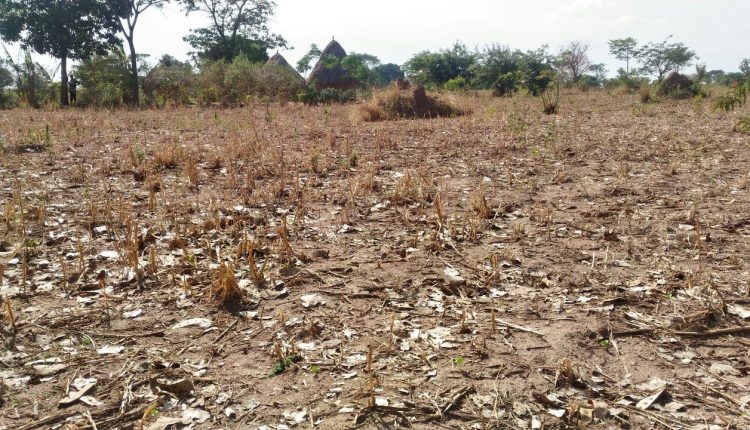Navigating Drought: Innovations in Agriculture and Resilience in Ethiopia
Ethiopia is currently facing a severe drought that has affected millions of people across the country. With little to no rainfall in recent months, crops have withered, livestock have died, and water sources have dried up, leaving many communities in a state of crisis.
In response to the drought, people in Ethiopia have been forced to find new ways to grow food in order to survive. Traditional farming methods are no longer viable in the face of such extreme weather conditions, so farmers have had to adapt and innovate in order to feed themselves and their families.
One of the ways in which people are coping with the drought is by using drought-resistant crops that require less water to grow. These crops, such as millet, sorghum, and cassava, are better suited to the arid conditions in Ethiopia and have a higher chance of survival during times of drought.
In addition to changing the types of crops they grow, farmers are also implementing new irrigation techniques to ensure that their plants receive enough water to thrive. Drip irrigation systems, for example, deliver water directly to the roots of the plants, reducing water waste and ensuring that crops have access to the moisture they need to grow.
Furthermore, some communities are turning to alternative sources of income, such as beekeeping and poultry farming, in order to supplement their food supply. These activities are less reliant on water and can provide a steady source of income even during times of drought.
Despite the challenges posed by the severe drought, the people of Ethiopia are resilient and resourceful, finding new ways to grow food and support themselves in the face of adversity. With continued support and investment in sustainable farming practices, communities in Ethiopia can build resilience to future droughts and ensure food security for generations to come.
It is crucial that these efforts are supported not only by the local government, but also by international organizations and donors. By working together, we can help Ethiopian farmers adapt to the changing climate and ensure that they have the tools and resources they need to thrive.
Education and training are also key components in building resilience in the face of drought. By providing farmers with the knowledge and skills to implement sustainable farming practices, we can empower them to make informed decisions and improve their livelihoods.
Ultimately, the success of these initiatives relies on the collaboration and commitment of all stakeholders involved. By working together, we can help Ethiopian communities not only survive, but thrive in the face of adversity. Together, we can build a more sustainable and resilient future for all.

